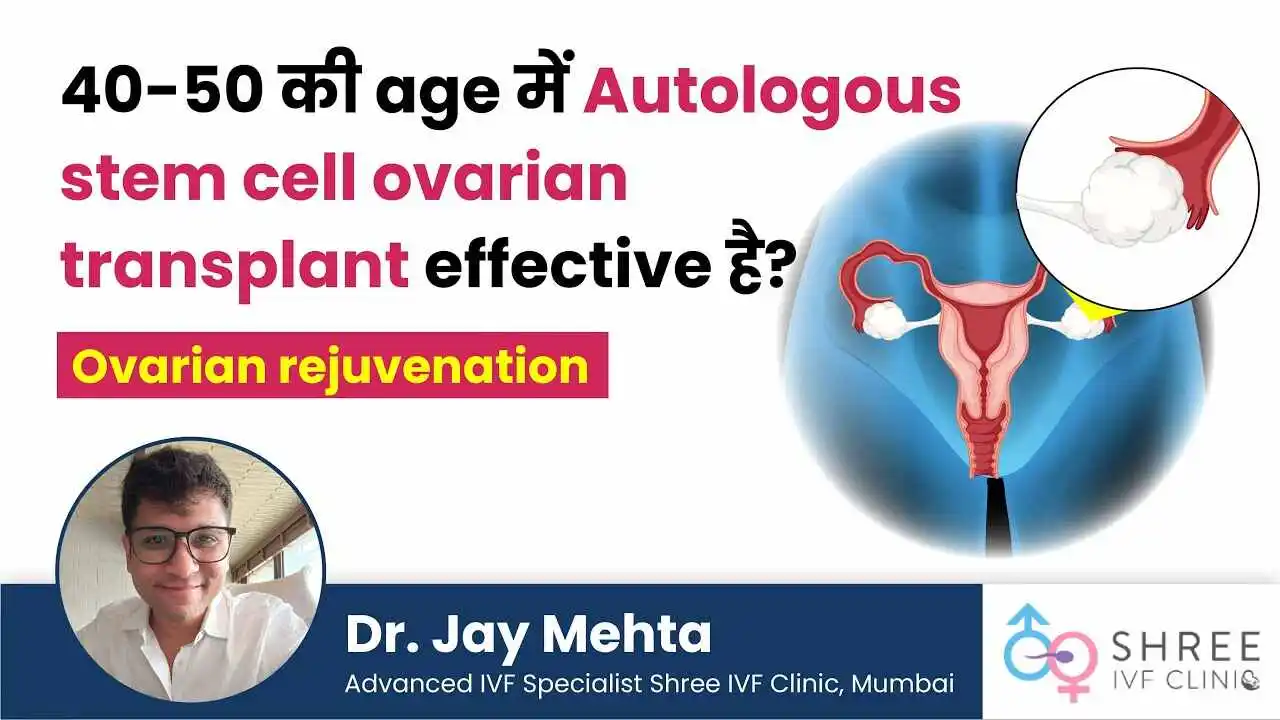IVF Lab Procedures
UPDATED ON 3 DEC. 2021
AUTHOR

Dr Jay Mehta
Scientific Director & IVF Specialist with 10+ years of experience
TREATMENT
GET IN TOUCH ON
Today, Dr. Jay Mehta will provide thorough information regarding laboratory-based procedures in this article. He has already covered egg collection and ovum collecting processes in his previous articles. This is a series of essays he’s writing to explain how we might improve the success rate of IVF operations. He is attempting to explain the laboratory-based techniques of IVF with the aid of these papers.
Only a few people discuss laboratory-based IVF procedures. It’s unusual to locate a practice where the doctor is also an embryologist. When you visit an IVF facility, the physicians you speak with are usually the same, and the physicians who work within the clinic, such as embryologists and biologists, are kept separate. It is really advantageous if the doctor who speaks with you is an embryologist. However, if the doctor who is aiding you is an embryologist, it may be a very beneficial mix.
IVF Lab procedure
- The first step is to use an anesthetic to pick up the eggs. The follicular fluid is transported to the laboratory for testing once the egg is picked up. COC (Cumulus oocyte complexes) is generally examined in this fluid.
In layman’s words, COC stands for egg, and any couple will commonly ask their doctor, “What are the total counts of eggs you found from us?” These eggs are referred to as COC (Cumulus oocyte complexes) in medical words. This is critical for doctors to consider when planning the operation, and it is thus the most significant IVF process.
- The COC is identified and separated from the follicular fluid, which is a crucial step. After that, the eggs are preserved in an incubator; you’ve probably heard of an IVF incubator where the eggs are cultivated, so this COC is kept in incubators.
- The eggs/COC are then placed in the incubator for 1-2 hours. Male sperm analysis is also performed at the same time. Micro-analysis and micro-processing of sperm can be done using a variety of methods.
- Sperm is processed in one of these procedures, which is also known as conventional technique, while the other is known as Micro-chip technology. The micro-chip approach uses a chip into which sperm is placed on one side and the most proactive ways of finding morphologically excellent and strongly motile sperm on the other. This chip’s sperm is stored in an incubator for one hour. This chip is then placed on the incubator, which takes around two hours to complete.
- After then, a crucial choice must be made: would IVF be used? ICSI or IMSI will suffice? After then, a crucial choice must be made: would IVF be used? ICSI or IMSI will suffice? All three items are, for the most part, identical; however, there are a few technical variances that will be explained further down.
” Every individual and couple’s journey is unique, and
finding the right solutions tailored to their specific
circumstances can make all the difference “
IVF, ICSI, and IMSI are all terms for in vitro fertilization.
These three are identical in appearance but differ in terms of technology.
IVF:- The COCs are put in the patridish, and the chip’s processed sperms are sprinkled on top of them. The sperm takes up the egg and fertilizes it on its own. Fertilization refers to the joining of two eggs, both of which are naturally present in the felobiunn tube or the female body, as discussed in previous sections. These are in vitro fertilization (IVF) methods.
When the concentration, motility, or gradient of sperm are insufficient for IVF, the ICSI or IMSI procedure is utilized. The difference in magnification between these two procedures is significant.
ICSI Technique:- Sperm may be observed under 400x magnification. On the other side, the IMSI Technique is a software-based technique that magnifies the same sperm 6500 times. If the sperm appear to be bigger than usual, don’t accept the best result. To get a suitable outcome, we must archive a number of technical characteristics.
IMSI:- A minimum of 4% of sperm should be normal. The IMSI procedure is performed when the morphology of sperm is less than 4%. Once the healthy sperm has been chosen, the biologist physically fuses the sperm with COC’s/Eggs in ICSI or IMSI.
The COCs must first be treated, which is known as denudation. The fusing of eggs and sperm is done manually. They are placed in the incubator after fusion.
After that, the examination and waiting process begins, and the majority of the clinics make an embryo within the next three days, after which they begin processing and transferring it, but in Shree IVF clinic, it is extended up to day five or day six, which is known as blastocyst culture, where each embryo contains close to 100 cells.
AUTHOR
Dr Jay Mehta
Scientific Director & IVF Specialist with 10+ years of experience
TREATMENT
CONDITION
CALL US 24/7 FOR ANY HELP
GET IN TOUCH ON
Share Article on
Recommended Reading
Best Sex Position to Get Pregnant Naturally
Best positions to get pregnant—try missionary or using pillows under your hips. Small changes can boost your chances of conceiving
Importance of the Fallopian Tubes in Fertility
Blocked fallopian tubes can prevent natural pregnancy. Understand their role and explore solutions for boosting your fertility
Ovarian Stem Cell Transplant (Age 40-50): Does It Work?
Stem cell ovarian transplant may help restore fertility and hormone levels in women 40-50, but its effectiveness remains under clinical research




